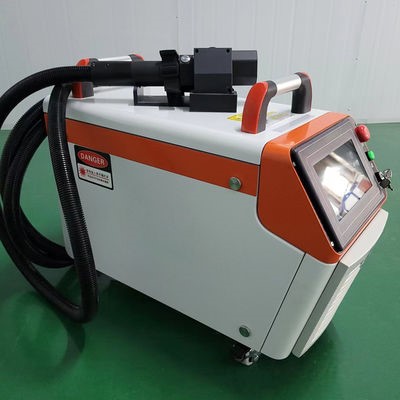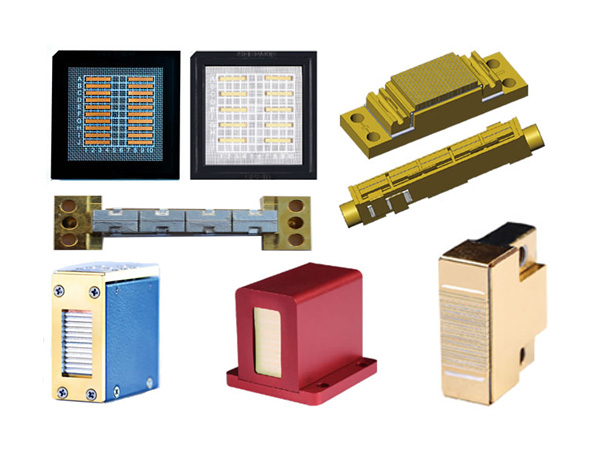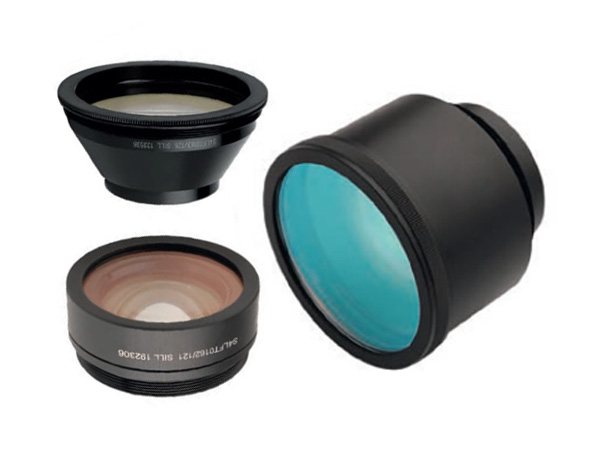Laser cleaning relative to the advantages of ultrasonic cleaning
Ultrasonic cleaning is the use of ultrasonic generator issued by the cross-frequency signal, through the transducer into a cross-frequency mechanical oscillation and propagation to the medium, that is, in the cleaning fluid in the form of "bubbles", resulting in rupture phenomenon. When the "cavitation" in the surface of the object to be washed at the moment of rupture, resulting in far more than 1,000 atmospheric pressure of the impact, resulting in the surface of the object, holes, gaps in the dirt is dispersed, rupture and peeling off the object to achieve purification and cleanliness.

Laser cleaning technology refers to the use of high-energy laser beam irradiation of the surface of the workpiece, so that the surface of the dirt, rust or coating instant evaporation or stripping, high-speed and effective removal of the cleaning object surface adhesion or surface coating, so as to achieve a clean process. It is a new technology based on the effect of laser and material interaction.
Laser cleaning and ultrasonic cleaning is the difference between the laser cleaning operation is very convenient, general handheld cleaning can be, do not need any medium directly on the surface of the object for cleaning, for large-area cleaning and precision parts and components cleaning effect is very good, the working temperature in -5 ℃ ~ 50 ℃ can be, and ultrasonic need to add a cleaning agent, the higher the ultrasonic power density, the stronger the effect of cavitation, the faster the speed, the cleaning effect The higher the power density of ultrasonic waves, the stronger the cavitation effect, the faster the speed, the better the cleaning effect, but for the precision of the surface finish is very high objects, the use of high power density cleaning for a long time on the surface of the object will produce cavitation, corrosion. Ultrasonic cleaning workpiece size is small, can not remove submicron particles of pollution, can not remove the coating layer, etc., these laser cleaning is not a problem.
Laser cleaning characteristics.
1, non-abrasive, non-contact cleaning, to avoid secondary pollution.
2, high precision cleaning, controllability.
3, no consumables, strong environmental protection.
4, laser cleaning can remove a variety of materials on the surface of different types, different thicknesses of adhesions.
5, easy to control, power can be, can be handheld or with the robot to achieve automated cleaning.
6, high cleaning efficiency, save time.
7, stable system, long life.
8, one-time investment, economic and efficient.
Modern high-end manufacturing cleaning areas such as aerospace, rail transportation, automotive manufacturing and mould industry, etc., there have long been cleaning difficulties, high precision requirements, slow efficiency and other pain points, the market demand has also given rise to a laser cleaning industry higher industry requirements.
For example, the quality of the mould directly affects the quality of tyres. Tyre mould surface will have carved patterns or other patterns, and the mould will often be used in high temperature, high humidity environment, so there will be a lot of carving grooves within the carving of the rubber or other residues left, when accumulated to a certain extent, will affect the shape of the mould structure ultimately lead to the production of products for the inferior, so it is particularly important to keep the tyre mould clean.
Traditional cleaning processes use ultrasonic cleaning machines, which can have a negative impact on the production of the moulds, as the process is time consuming and requires the dismantling of some of the moulds during cleaning. In addition, this process can only be used for moulds that have been cooled down. Only after the mould has been cooled, cleaned and reheated can a new round of production be restarted, which is time-consuming and labour-intensive. Laser cleaning of moulds is mainly the use of laser cleaning principle of the mould surface dirt and production residue removal, belongs to the physical cleaning, efficient and environmentally friendly non-polluting, cleaning effect is good; traditional cleaning process of cleaning moulds and moulds method diversification: sandblasting, dry ice, grinding, chemical scrubbing, etc., the cleaning environment is not good, may produce unnecessary damage. Laser cleaning instead of the original ultrasonic cleaning, the use of cost reduction of more than 50%, and can greatly enhance the comprehensive product qualification rate.

SintecOptronics 200WHandheld cleaning equipment
Laser cleaning and ultrasonic cleaning, chemical corrosion cleaning and other traditional cleaning methods, compared with the obvious advantages: it is efficient, fast, low cost, on the substrate generated by the thermal load and mechanical load is small, cleaning for non-injury; does not harm the health of the operator; cleaning process is easy to automate the control, to achieve remote control of the cleaning and so on.Wuhan SintecOptronics CO.Ltd Ltd. specialises in laser cleaning and is the leading company in the field of laser cleaning in China, with a lot of experience in tyre mould cleaning. Now the government agencies pay more attention to environmental protection, a lot of traditional cleaning processes are gradually being replaced, laser cleaning will become the mainstream of industrial cleaning, the prospect is promising!
 English
English Français
Français Deutsch
Deutsch euskara
euskara Русский язык
Русский язык Italiano
Italiano Português
Português Nederlands
Nederlands Polski
Polski Greek
Greek Lietuva
Lietuva Türkçe
Türkçe 日本語
日本語 한어
한어 中文
中文 தாமில்
தாமில் فارسی
فارسی हिंदी
हिंदी Tiếng Việt
Tiếng Việt ภาษาไทย
ภาษาไทย Pilipino
Pilipino Indonesia
Indonesia தாமில்
தாமில்





